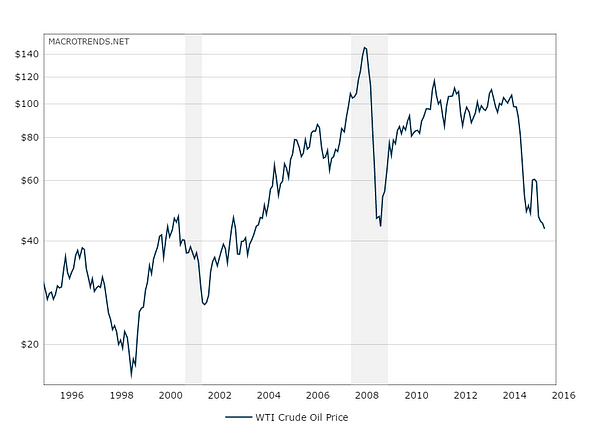Keystone XL Pipe Dream Is No More

Seven years after it was announced by TransCanada, the controversial Keystone XL oil pipeline project was rejected by the Obama administration this week. The project, lauded by some and reviled by others, has been a mainstay of Obama’s presidency, announced just months before he took office.
What was Keystone XL?
As oil prices rose, the market for Canadian oil boomed, and oil company TransCanada designed the Keystone pipeline system to transport crude oil from Canada to refineries in Illinois and Texas. Nearly the entire system was built, with the exception of Phase 4, which came to be known as Keystone XL. Stretching from the province of Alberta to Steele City, Neb., the 830,000-barrel-per-day international pipeline required federal approval. And that’s where things got tricky.
What was the case for the pipeline?
Proponents of the pipeline saw it as a no-brainer. The conservative Canadian government under Prime Minister Stephen Harper embraced the economic prospects of Canadian oil sands. Other Keystone pipelines already delivered oil along the same route — Keystone XL was just a more direct route. Because of this, the State Department’s environmental review found that construction of Keystone XL would not have had a “significant” environmental impact. The oil it could have transported, it found, would have been transported, refined, and burned whether Keystone XL existed or not.
What was the case against the pipeline?
The State Department also found that constructing and operating Keystone XL would have created 42,000 jobs, directly and indirectly. This point was championed by XL proponents, who saw it as a boon to the economy.
The Keystone pipeline system transports crude oil from “tar sands” in Canada, and oil from this area is particularly tough to extract and refine. Greenhouse gas emissions created over the lifetime of tar sand oil are 17 percent higher than those for regular oil. Environmentalists argued that since these higher emissions were avoidable, it’d be better to err on the side of a cleaner environment. It seems that their efforts worked.

Why did the Obama administration reject Keystone XL?
In his statement following the State Department’s rejection of the Keystone XL pipeline, Obama conceded that the pipeline “would neither be a silver bullet for the economy, as was promised by some, nor the express lane to climate disaster proclaimed by others.”
He argued that new technologies made the pipeline, a product of “old rules,” unnecessary and obsolete. Now, Obama said, the United States is “a global leader when it comes to taking serious action to fight climate change. And frankly, approving this project would have undercut that global leadership. And that’s the biggest risk we face — not acting.”
The rejection of the Keystone XL pipeline won’t make a large tangible difference in the grand scheme of climate change. Approving it wouldn’t have, either. But what is important when it comes to the pipeline is what it represents: the difference between an America that relies on old technologies and one that looks to the future, even if it may be uncomfortable now. For environmental activists, this is a new era for American energy.
Reach Staff Reporter James Tyner here or on Twitter @jamestyner_



